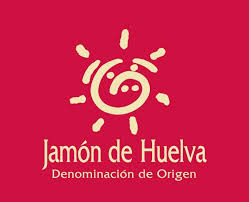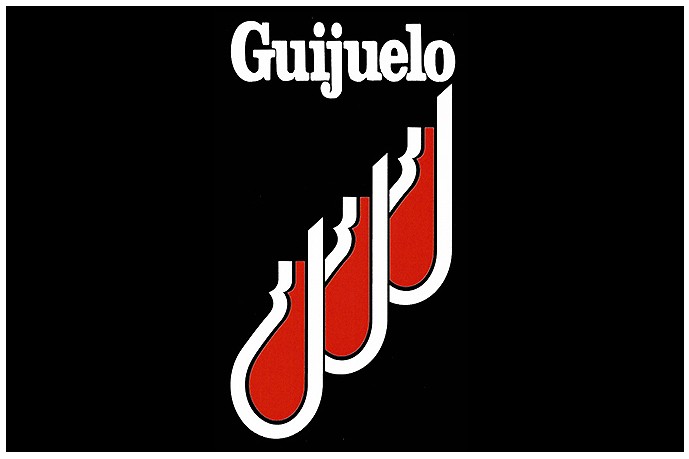Iberian Ham (Jamon Iberico pata negra)
 Origin: Race of pigs from the Iberian Peninsula based on pure registered Iberian pigs crossed with other Iberian males.
Origin: Race of pigs from the Iberian Peninsula based on pure registered Iberian pigs crossed with other Iberian males.
Appearance: Pointed and narrow snout animal with short black hair. Despite the volume of body mass, it has a stylized body and thin long paw.
The hoof: Usually black. This is the reason why it is known as «Pata Negra», which means black paw.
Colour, flavour and aroma:The colour of iberico ham goes from pink to purplish red. It has a slightly fibrous texture and fat infiltrations. The combination of the delicate flavour and intense aroma of this delicious food, makes it an attractive, indispensable product in every good gourmet table.
The fat: The iberian pigs genetics provides them with a natural fat infiltration in their muscle tissue. This provides the oily texture and intense flavour of the Iberian ham. This fat is bright, smooth and extremely soft to the touch.
 The official classification of Iberian ham depends on their nutrition and the amount of acorns consumed. There are 4 types of Iberian ham or shoulder ham:
The official classification of Iberian ham depends on their nutrition and the amount of acorns consumed. There are 4 types of Iberian ham or shoulder ham:
- Iberico “pata negra” Cebo: Farm-raised pigs fed exclusively with natural compound feed.
- Iberico “pata negra” Cebo de campo: Pork raised in the countryside, where it feeds on grass and natural compound feed (legumes and cereals). In the acorn season of the year they can also enjoy the fruit of the oaks.
- Iberico “pata negra” Recebo: Pork raised in a pasture, eating grass and natural compound feed. During the acorn season of the year they eat acorns. It’s the failure to get its proper weight to become a Bellota, because its diet is filled also with natural cereals and legumes, in addition to acorns.
- Iberico “pata negra” Bellota: The highest quality of Iberian ham. These animals are raised free in the Extremadura pastures. In the acorn season they are feed on acorns and grass with no added compound feed to their diets.
The good Iberian ham is the result of the perfect combination of a good raising process of a pure-bred Iberian pig, natural food and traditional production process, especially the drying process.
Serrano Ham (Jamon Serrano)
 Origin: There are written references about the Serrano ham in Hispania, late 2nd century BC, by the Romans.
Origin: There are written references about the Serrano ham in Hispania, late 2nd century BC, by the Romans.
Appearance: Also called white pig, because is usually white skin and clear hoof.
The hoof: Usually clear brown.
Colour, aroma and texture: The colour varies from pink to purple tones: mild flavour, slightly salty and pleasant aroma. It is also homogeneous and slightly fibrous texture. Compared to the Iberian, aroma, flavour and texture are slightly softer.
The fat: It’s bright, yellowish white in colour, aromatic and pleasant taste.
The official classification of the Serrano ham depends on the dry curing and maturation. There are 3 types of Serrano ham :
- Serrano Bodega: Curing time from 10 to 12 months.
- Serrano Reserva: Curing time from 12 to 15 months.
- Serrano Gran Reserva: More than 15 months of curing time.

 Español
Español
 Català
Català  English
English Français
Français Deutsch
Deutsch Italiano
Italiano Dutch
Dutch




